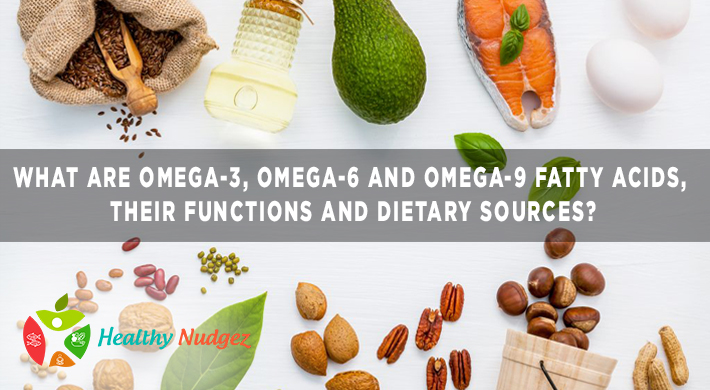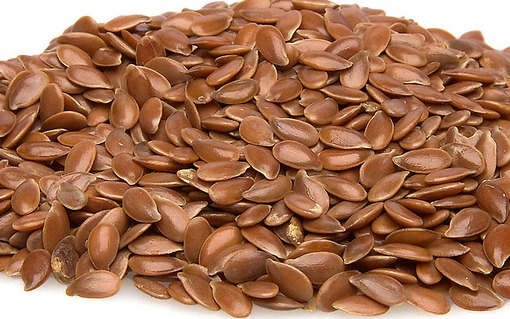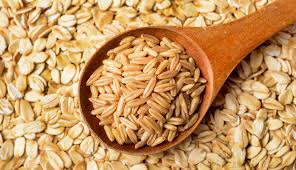What are omega-3, omega-6 and omega-9 Fatty Acids, Their Functions and Dietary Sources?
Fatty acids are the building blocks of fats. Fats are essential not only as source of energy but are also important as the structural building blocks in the body, are important for the absorption of fat-soluble vitamins, form protective layer around vital body organs, are part of many hormones (testosterone, oestrogen and progesterone), important as storage fuel and essential for the growth and development of human body.
Fatty acids are classified into two categories: essential and non-essential.
Body cannot produce essential fatty acids as opposed to non-essential fatty acids which the body can manufacture. (This classification is solely on the basis of the basis of the body’s capacity to synthesize the fatty acids). Therefore, it is important to obtain the essential fatty from the food we eat where non-essential can be either obtained from food or synthesized in the body.
The fatty acids are also classified according to their chemical structure as saturated or unsaturated.
The saturated fatty acids are “filled” (saturated) with hydrogen where as unsaturated fatty acids are not saturated or filled entirely with hydrogen and have double bonds. Depending on the number of double bonds present the fatty acids are called mono-unsaturated (single double bond) or polyunsaturated (more than one double bond). During metabolism unsaturated fatty acids release less energy as compared to the equivalent amount of saturated fatty acids.
Functions of omega-3, -6 and -9 fatty acids in the human body
omega-3 or linolenic acid (LA) and omega-6 or alpha linoleic acid (ALA)are essential, poly-unsaturated fatty acids which have to be derived from the diet. These regulate many important functions such as regulation of blood pressure, blood clotting, proper development and functioning of the brain and the nervous system, also regulation of immune function and inflammation.
Whereas, omega-9 or oleic acid is a mono-unsaturated fatty acid. It can be considered non-essential as it can be produced in the presence of sufficient quantities of omega-3 and omega-6.
Functions of omega-3 or linolenic acid are:
- important structural components of the cell membrane
- they help to increase HDL (good cholesterol) and reduce LDL (the bad cholesterol) in the body and thereby improve heart health
- these also reduce formation of triglycerides and arterial plaques
- taking proper quantities of ω-3 in diet help reduce symptoms of depression and anxiety
- they also are helpful in weight management and reduction of fatty cells in the liver
- they help fight inflammation and promote bone health
Therefore, omega-3 is essential for proper brain and heart function and proper metabolism in the body. Its deficiency can cause obesity, heart disease and diabetes.
Dietary Sources of omega-3
To Be Continued tomorrow: please visit www.healthynudgez.com for Part 2 of this article….
Learn more about healthy food choices, diet and nutrition and also to manage weight, from us. For more information and consultations call at 9650180098, 9810181098 or write healthynudgez@gmail.com.







